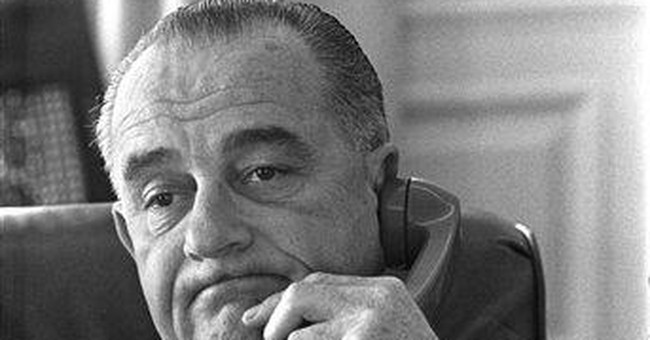
On January 8, 1964, in his first State of the Union speech, President Lyndon Baines Johnson announced, “This administration today, here and now, declares unconditional war on poverty in America.” To fight his self-declared “war on poverty” LBJ launched one of the most audacious programs in U.S. history: The Great Society.
Unfortunately, more than five decades after his declaration of war on poverty, LBJ’s Great Society remains more a dream than a reality. However, that has not stopped progressives from attempting to combat poverty and other societal ills with even more massive programs. Their latest plan, the Great Reset, makes the Great Society pale in size, scope, cost, and audaciousness.
Before exploring the sheer absurdity of the Great Reset, it is worthwhile to analyze how spectacularly the Great Society has failed to meet the goals its own architects set.
On May 22, 1964, LBJ delivered the commencement speech at the University of Michigan, in which he articulated the goals of the Great Society. “The Great Society rests on abundance and liberty for all. It demands an end to poverty and racial injustice, to which we are totally committed in our time. But that is just the beginning,” Johnson said. Well, in 2020, I think it is more than safe to say that poverty and racial injustice have not ended, despites LBJ’s commitment to the cause.
“So I want to talk to you today about three places where we begin to build the Great Society—in our cities, in our countryside, and in our classrooms,” Johnson continued. On its face, I also think it is more than evident that in general, America’s cities, countryside, and classrooms (especially schools in rural and urban neighborhoods) have not become full-fledged members of the Great Society.
On the other hand, the one area that LBJ did not identify as being an integral part of his Great Society vision, America’s suburbs, have indeed become most representative of the Great Society. Ironic, wouldn’t you say?
Yet, LBJ laid out in great detail his plans for these three pivotal areas where he sought to build his Great Society. “So in the next 40 years we must re-build the entire urban United States … Our society will never be great until our cities are great,” LBJ said. Over the past 56 years, the vast majority of America’s cities (aside from affluent, mostly non-minority neighborhoods) have become cesspools of violence, poverty, blight, and decay. Far from being rebuilt, America’s urban centers are in shambles, literally.
“A second place where we begin to build the Great Society is in our countryside. We have always prided ourselves on being not only America the strong and America the free, but America the beautiful. Today that beauty is in danger,” LBJ said. From my perspective, I would say that our countryside is no better off in 2020 than it was in 1964.
Having traveled throughout the United States in my life, I am all-too-often shocked and saddened by how unbeautiful the once-pristine countryside has become, at least where it is inhabited. Litter, dilapidated structures, and ghost towns pepper America’s rural (not suburban) landscape. This is not to say that rural America is a hopeless pigpen. However, I think it is safe to say that America’s countryside has not been transformed into the beautiful nirvana that LBJ had envisioned it would under the Great Society.
“A third place to build the Great Society is in the classrooms of America. There your children’s lives will be shaped. Our society will not be great until every young mind is set free to scan the farthest reaches of thought and imagination,” LBJ said in his commencement speech. Without a doubt, this dream of the Great Society has not come true. I will not bore you with statistics about the grave state of America’s schools, especially those in inner-city neighborhoods and rural towns.
Yet, it is an empirical fact that America’s education system, particularly in urban centers, is failing miserably. Trust me, I am a former high school teacher and I have witnessed this myself.
More than five decades after the Great Society was launched, the three targeted areas where untold trillions of dollars were funneled to (cities, countryside, and schools) are arguably worse-off than they were before.
Even more disappointing, the poverty rate in America is almost the same now as it was in 1964. More than $23 trillion has been spent on all sorts of anti-poverty programs, with little to show. Meanwhile, the plethora of welfare programs that have been constituted under the Great Society has manifested in a horror show of unintended consequences, such as increased government dependence, skyrocketing out-of-wedlock birth rates, and the advent of the cycle of poverty.
In short, the Great Society, although well-intended, has produced a worse society. Which brings us to the Great Reset. Recently announced by the World Economic Forum, the Great Reset is the 21st century version of the Great Society on steroids. The Great Reset’s grand ambitions are so outlandish, they make the Great Society’s objectives seem trivial.
Before embarking on the Great Reset, perhaps we should look back at the shortcomings of the Great Society. After all, as the saying goes, if we do not learn from history, we are doomed to repeat it.
Chris Talgo ([email protected]) is an editor at The Heartland Institute.
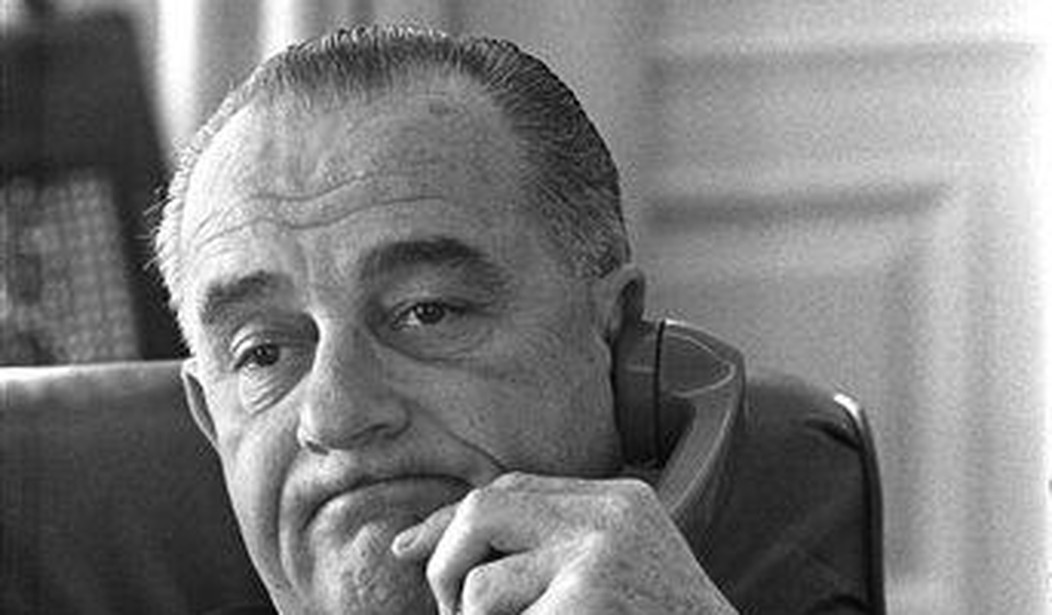
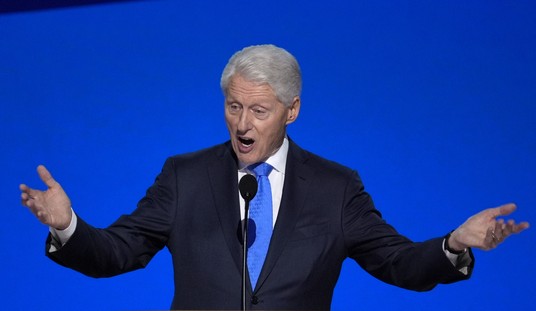
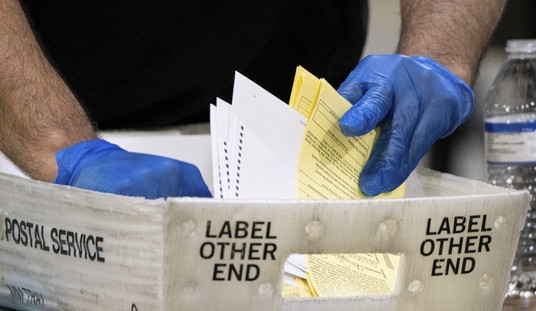
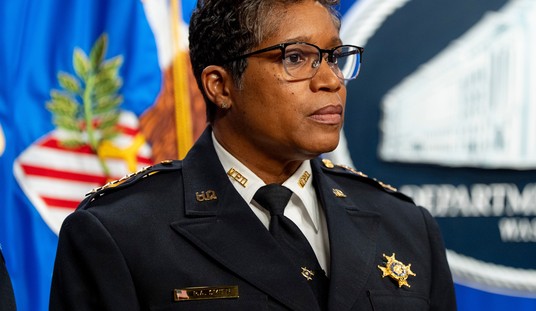

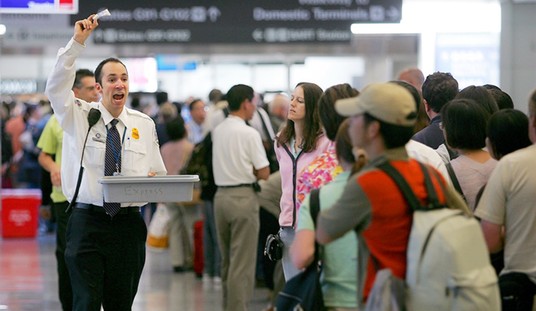




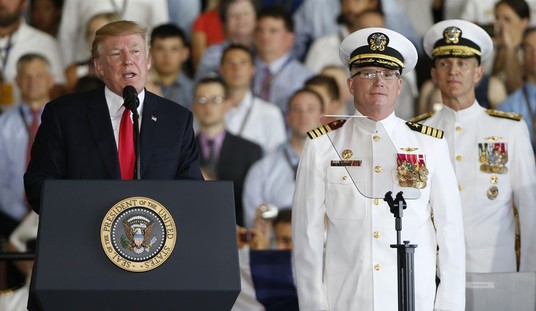
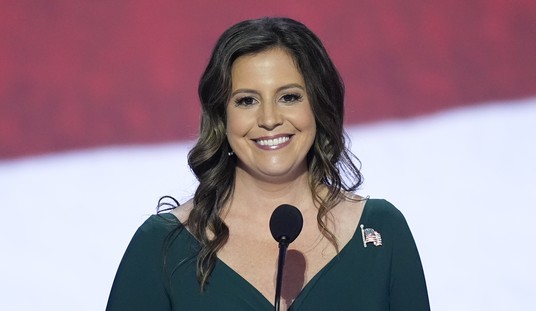

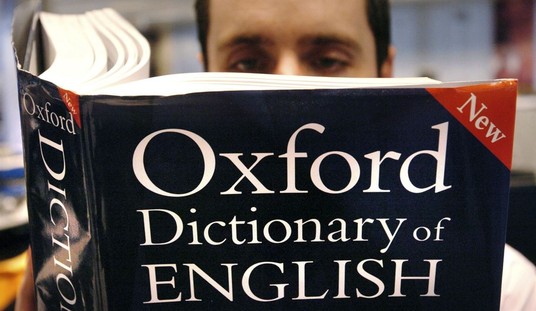
Join the conversation as a VIP Member